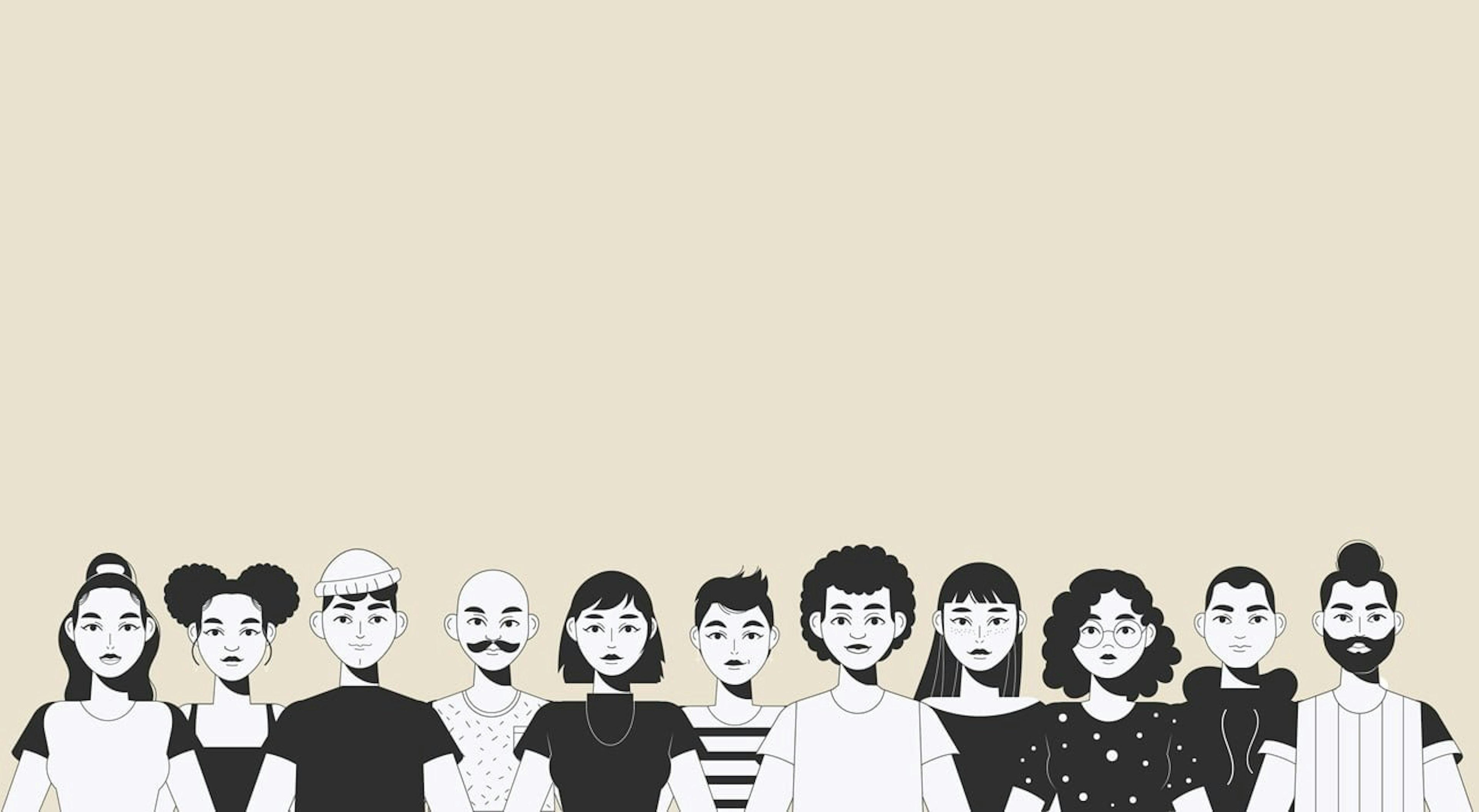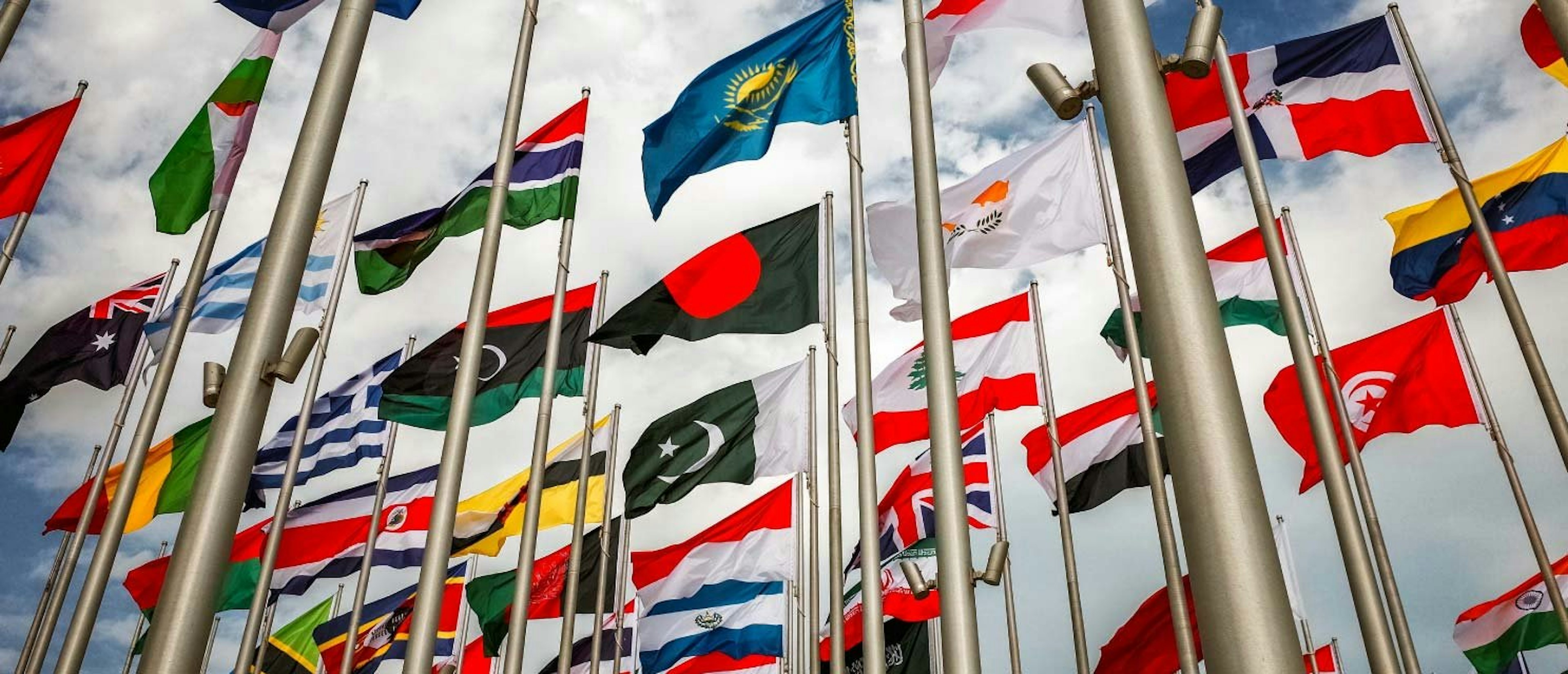As we grow and evolve as a race, as we become more accepting and embrace our differences, brands too are acknowledging this change.
From a time when home appliances spoke only to the woman, to now where Ariel encourages men to share the load, we have moved forward in terms of mindsets. Beauty and fashion brands no longer use a specific body type or gender and are now catering to a wider audience. FMCG brands like Brooke Bond and Tanishq have broken through religious stereotypes with their advertising. Cadbury’s shows a beautiful bond between a young boy and his house help and how he leaves her a bar of chocolate in his trousers for her to find as a token of his appreciation. HSBC has encouraged companies to allocate one seat for the LGBTQIA community.


While all these are a step in the right direction, I often wonder if these are an eye wash and just a way to brush deeper issues under the carpet.
A few years ago, while looking to purchase a house, a well-known real estate brand proudly told my husband and me that they do not sell or rent to a specific community. Members of the LGBTQIA community still struggle with basic things such as opening bank accounts or availing of loans. Indian joint families still struggle with the woman of the house bearing all domestic responsibilities and are frowned upon if they are career minded.
Single parents struggle with school admissions, older folks are laughed upon if they want to continue working post-retirement. An UBER driver, an elderly gentleman who used to drive a kaali peeli, in a spanking new car proudly told me how his son had got him this car so the father could continue working but be comfortable at the same time. But these examples are few and rare to come across.
Very few organisations and brands recognise real-world problems or are willing to take on the onus to advocate them. At a job interview, I was asked if I struggle with anxiety or similar health issues. The reason being the organisation would then work around that accordingly. This was a pleasant surprise. Menstrual leave is now a reality across the world. Restaurants like Ishara and Mirchi and Mime only hire the physically disabled.


While writing content for a client’s website, I mentioned them being an inclusive organisation. Their response was that while we would like to be, now we are not. And it was not a conscious choice, it was just the way things were. And that’s okay.
Which brings us to the question of what does being inclusive mean for your brand? Just like no two pizza parlour toppings are the same, or the chicory in your coffee brands are not the same being an inclusive brand means different things for different organisations.
For some it could be at a policy level, for others it could be in the products or services they offer. Every brand needs to think about how it can be inclusive and how it ties in with its existing brand values. For example, for a brand like Dove, the real beauty campaign was a natural progression in the right direction. Being an inclusive brand just doesn’t mean celebrating things like pride month on social media, it must be deep-rooted and woven into the essence of the brand itself.
Building an inclusive brand is something as simple as Starbucks now including vegan in their menu options.
For this to be sustainable, the brand needs to ensure it doesn’t depart from its essential character and can commit to the factors that make it inclusive. It can be baby steps. What matters is brands start making that move.



